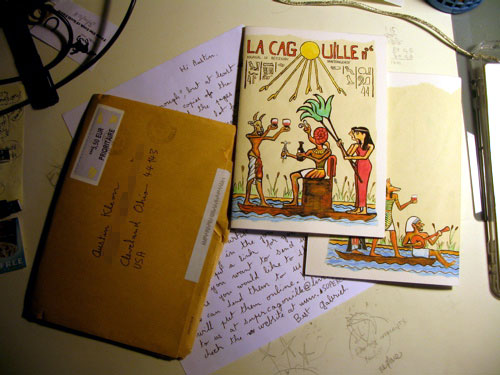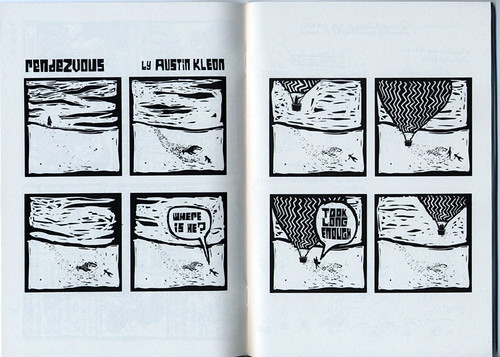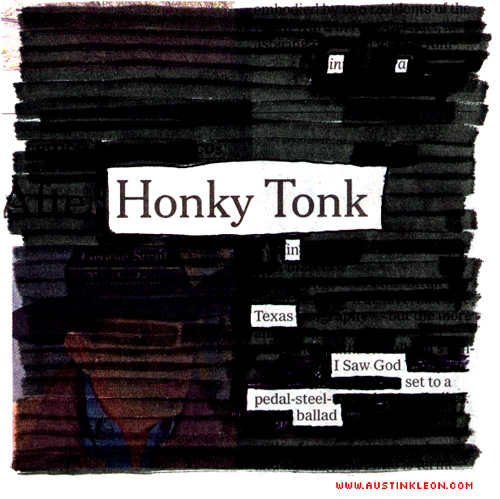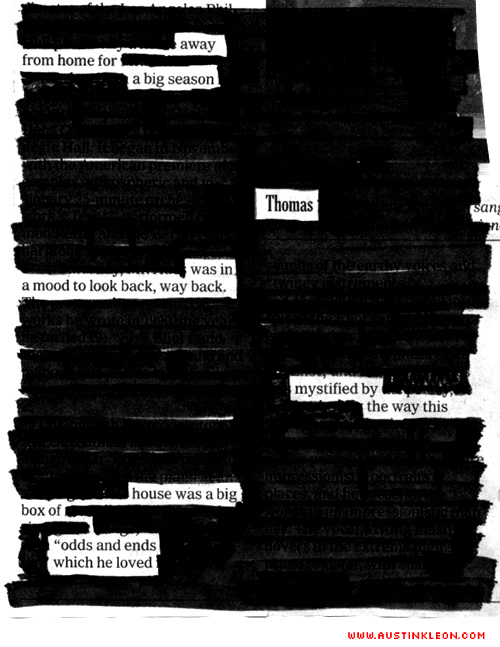Sophomore year of college. Classics 202: Greek and Roman Epic. Teacher doesn’t say a word, just passes out our papers, walks up to the blackboard, picks up a piece of chalk, and writes:

Then she says, “Ask yourself that next time you write something.”
Dang.
That’s one of those lessons I never forgot.




